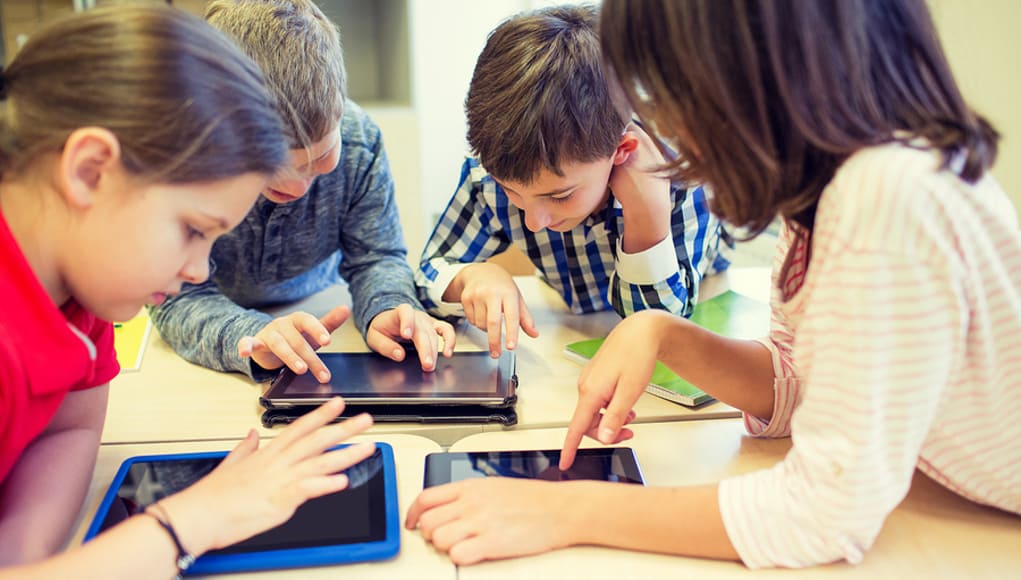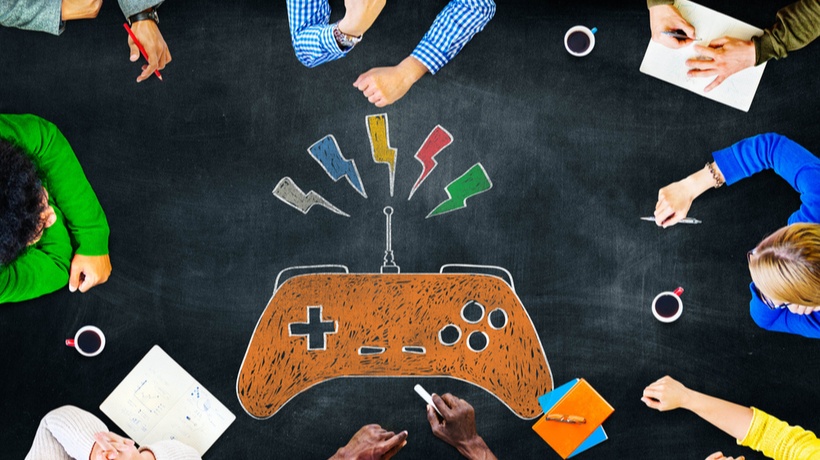In today’s dynamic educational landscape, traditional teaching methods are increasingly complemented—or even replaced—by innovative digital solutions. Among the most transformative trends is game-based learning (GBL), a strategy that integrates educational content with engaging game mechanics to enhance student motivation, retention, and performance. With the rise of digital platforms and the accessibility of online tools, online game based learning is now more attainable and effective than ever.
This comprehensive guide explores the benefits, strategies, and tools associated with game-based learning, with a focus on online game based learning service providers and the best game based learning platforms available today.

Table of Contents
- What is Game-Based Learning?
- Key Differences Between GBL and Gamification
- Benefits of Game-Based Learning
- Online Game Based Learning: A Digital Evolution
- Strategies for Effective Game-Based Learning
- Types of Games Used in Learning
- The Role of Online Game Based Learning Services
- Best Game Based Learning Platforms
- Challenges and Considerations
- Future Trends in Game-Based Learning
- Final Thoughts
1. What is Game-Based Learning?
Game-based learning refers to the use of games—either digital or physical—as a primary tool for achieving educational objectives. Unlike gamification, which adds game-like elements (points, badges, leaderboards) to existing content, GBL immerses learners directly in game environments where education happens through gameplay.
Key Features:
- Interactive and engaging gameplay
- Real-time feedback
- Scenario-based learning
- Storytelling and challenges
- Levels of progression
2. Key Differences Between GBL and Gamification
| Feature | Game-Based Learning | Gamification |
| Definition | Uses actual games for learning | Adds game elements to non-game learning |
| Core Mechanic | The game is the learning experience | Enhances existing content with game-like tools |
| Engagement Type | Intrinsic through play | Often extrinsic through rewards |
| Learning Outcome | Directly tied to game actions | Indirect, driven by motivation |
3. Benefits of Game-Based Learning

Game-based learning offers a wide array of benefits for both educators and learners. These include:
1. Improved Engagement
Students are more likely to engage with content delivered in a fun, interactive format.
2. Enhanced Retention
Experiential learning through games helps solidify knowledge and skills.
3. Development of Soft Skills
Games often require teamwork, communication, and critical thinking.
4. Immediate Feedback
Learners see the consequences of their choices instantly, enabling real-time correction.
5. Adaptive Learning
Games can adjust difficulty based on learner performance.
6. Safe Failure Environment
Learners can experiment without real-world repercussions.
4. Online Game Based Learning: A Digital Evolution

Online game based learning combines the pedagogical power of games with the flexibility of the internet. From K-12 classrooms to corporate training environments, digital GBL is gaining traction thanks to its scalability, accessibility, and interactivity.
Advantages of Going Online:
- Accessible from any device, anywhere
- Easier collaboration and multiplayer functionality
- Integration with Learning Management Systems (LMS)
- Data-driven insights and analytics
5. Strategies for Effective Game-Based Learning
Creating impactful GBL experiences involves careful planning and thoughtful execution. Here are some key strategies:
1. Align with Learning Objectives
Games must be designed around specific educational goals—not just for fun.
2. Incorporate Storytelling
Narratives engage users emotionally and deepen learning impact.
3. Promote Active Learning
Use challenges and puzzles to stimulate problem-solving and critical thinking.
4. Use Feedback Loops
In-game feedback helps learners adjust their approach in real time.
5. Encourage Collaboration
Team-based missions and multiplayer setups enhance communication skills.
6. Types of Games Used in Learning
1. Simulations
Used in aviation, healthcare, and business training to replicate real-world scenarios.
2. Role-Playing Games (RPGs)
Encourage empathy and decision-making through character-based missions.
3. Puzzle Games
Improve logic, math, and reasoning skills.
4. Strategy Games
Develop planning and resource management abilities.
5. Quizzes and Trivia
Effective for knowledge reinforcement and review.
7. The Role of Online Game Based Learning Services

Online game based learning service providers play a critical role in helping organizations and institutions design, develop, and deliver game-based training programs. These services may include:
- Custom game development
- Platform integration
- Content alignment with curriculum standards
- Analytics and performance tracking
- Technical support and updates
Choosing the right service provider ensures that your investment in GBL yields meaningful results.
8. Best Game Based Learning Platforms
Here are some of the best game based learning platforms currently available:
1. Kahoot!
Ideal for live quizzes and real-time classroom engagement.
2. Minecraft: Education Edition
Used across subjects to promote creativity, collaboration, and problem-solving.
3. Duolingo
Gamifies language learning through levels, streaks, and achievements.
4. Classcraft
Transforms classroom management into an RPG experience.
5. Quizizz
Offers gamified quizzes for both classroom and homework assignments.
6. Legends of Learning
Provides hundreds of science and math games aligned with curriculum standards.
These platforms offer robust ecosystems where educators can create or adapt games to meet their learners’ needs.
9. Challenges and Considerations
Despite its many benefits, GBL does come with challenges:
1. High Development Costs
Creating custom games can be expensive and time-consuming.
2. Overemphasis on Entertainment
Some games prioritize fun over educational substance.
3. Technical Limitations
Inconsistent internet access or outdated hardware can be barriers.
4. Assessment Difficulties
Measuring learning outcomes in games can be less straightforward.
To address these issues, ensure you choose an appropriate platform and align gameplay tightly with learning objectives.
10. Future Trends in Game-Based Learning
As technology advances, so will the capabilities of online game based learning platforms:
1. Virtual and Augmented Reality (VR/AR)
Immersive environments offer deeper experiential learning.
2. AI-Driven Personalization
Games will adapt in real-time to individual learning styles and pace.
3. Blockchain for Credentialing
Gamified credentials and micro-certifications may become more secure and portable.
4. Cross-Platform Compatibility
Increased emphasis on learning anytime, anywhere.
11. Final Thoughts
Game-based learning is not just a passing trend—it’s a proven educational strategy with far-reaching benefits. By leveraging online game based learning services and utilizing the best game based learning platforms, educators and trainers can create more engaging, effective, and enjoyable learning experiences.
Whether you’re looking to enhance classroom engagement, corporate training, or personal development, GBL offers a compelling solution tailored for modern learners. With the continued rise of online game based learning, the future of education looks not only smarter—but also a lot more fun.